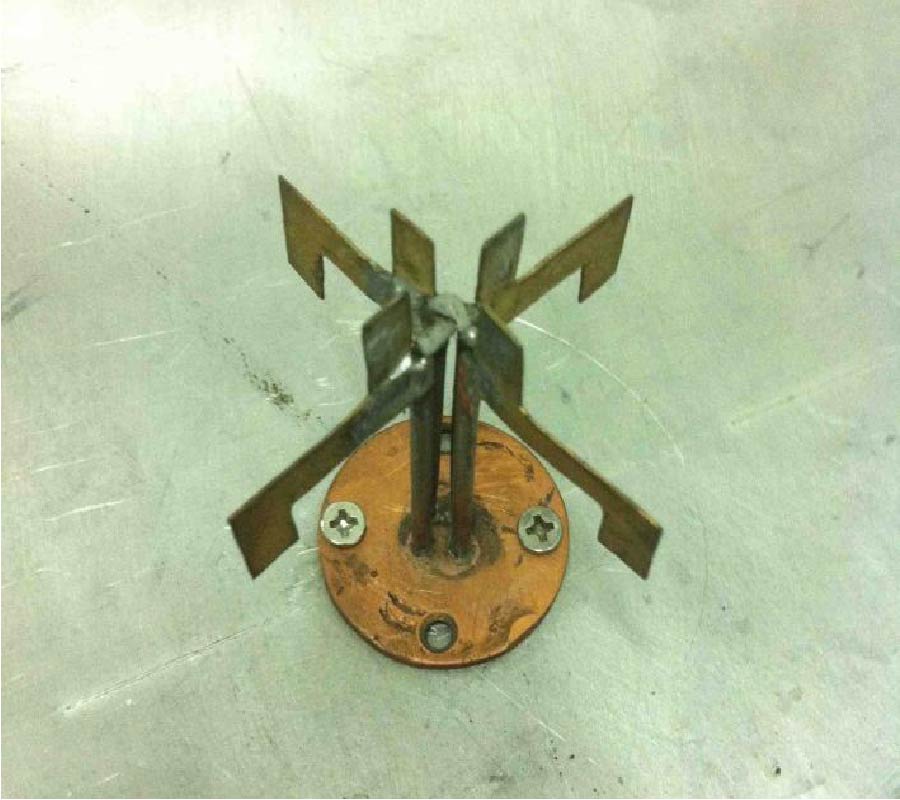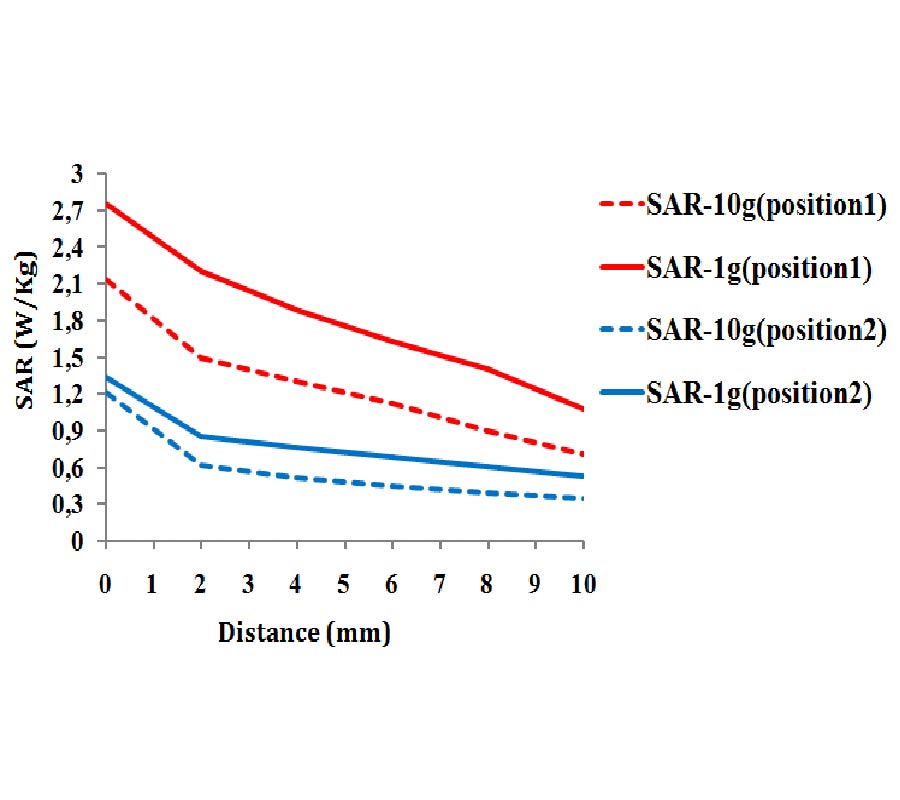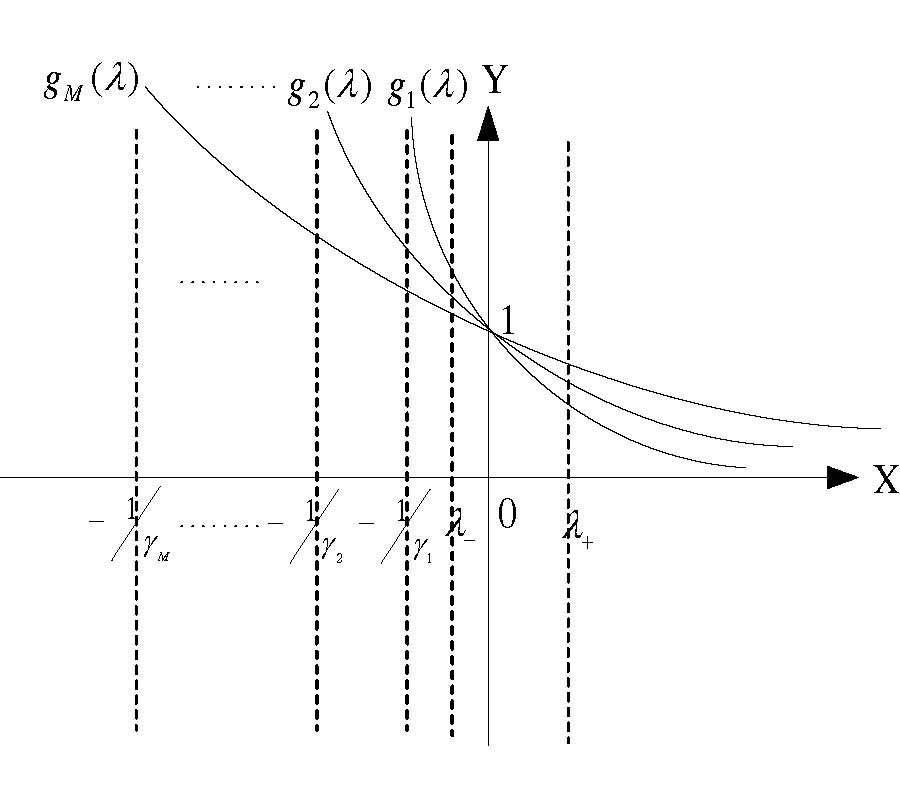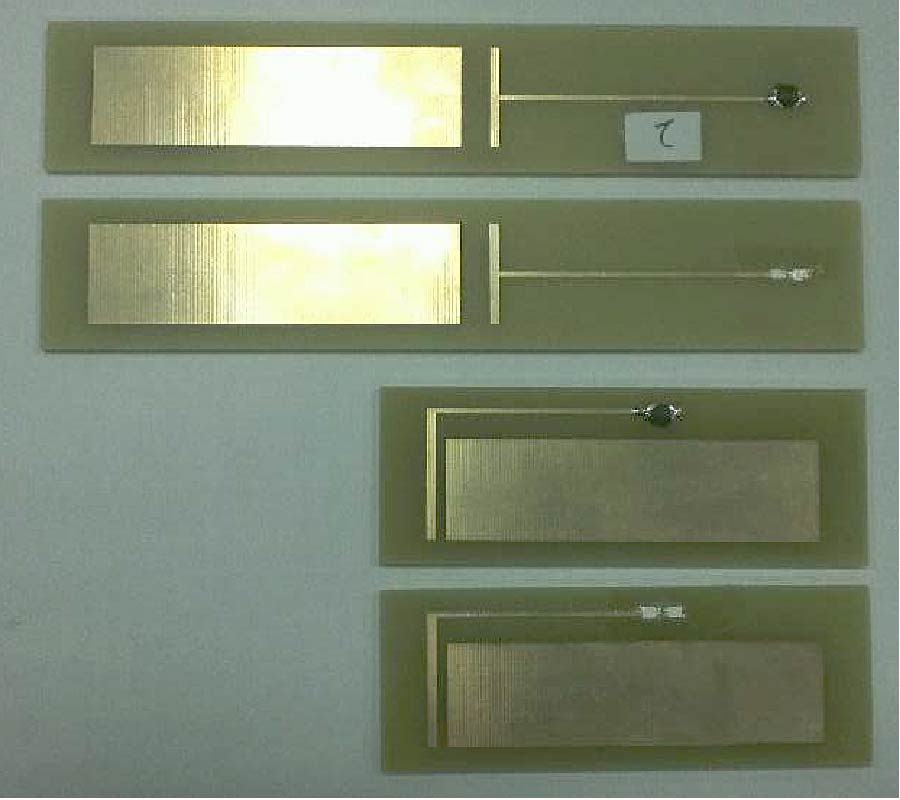2015-11-18 Latest Published
By Aliakbar Dastranj
Bijan Abbasi-Arand
Progress In Electromagnetics Research C, Vol. 59, 175-185, 2015
Abstract
A low-profile planar monolayer antenna for ultra-wideband (UWB) operation is presented. To achieve a UWB performance along with a compact size, a hybrid square-circular radiator and a rectangular open slotted ground plane with two symmetrical I-shaped tuning stubs are proposed. The antenna is fed by a coplanar waveguide line and has a small size of 44 × 32 × 1.6 mm3. The prototype of the proposed antenna was fabricated and tested in an anechoic chamber. The simulated and measured results show good agreement over the entire ultra-wide bandwidth. The measured results indicate that the proposed antenna can provide a wide impedance bandwidth of more than 154% from 1.7 to 13.3 GHz with -10-dB reflection coefficient. In addition, it is demonstrated that by introducing several antenna designs, the impedance bandwidth can be improved from 43% to 154%. Besides several mechanical advantages, such as compact in size, easy fabrication, and monolayer configuration without any back ground plane, the proposed antenna also shows a good performance in its radiation characteristics and time-domain behaviors. The measured results in both frequency and time domains prove that the proposed antenna can be used in a wide range of UWB applications.



















